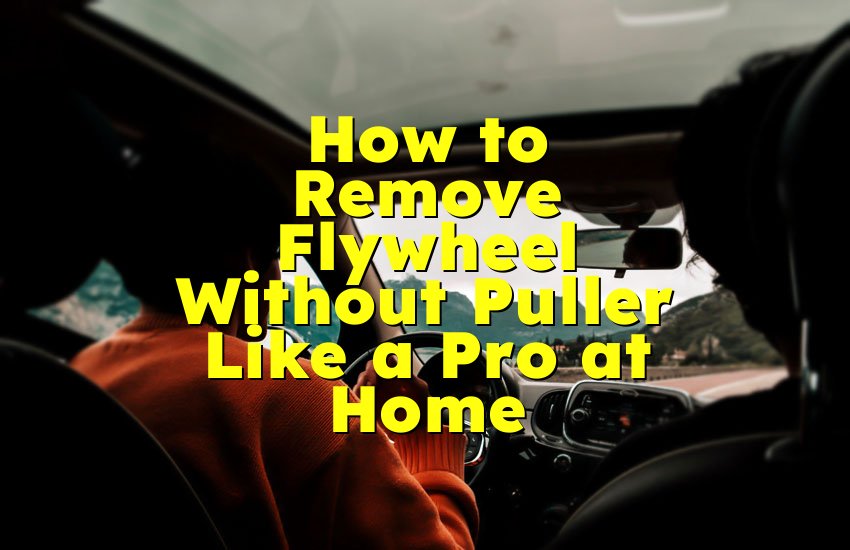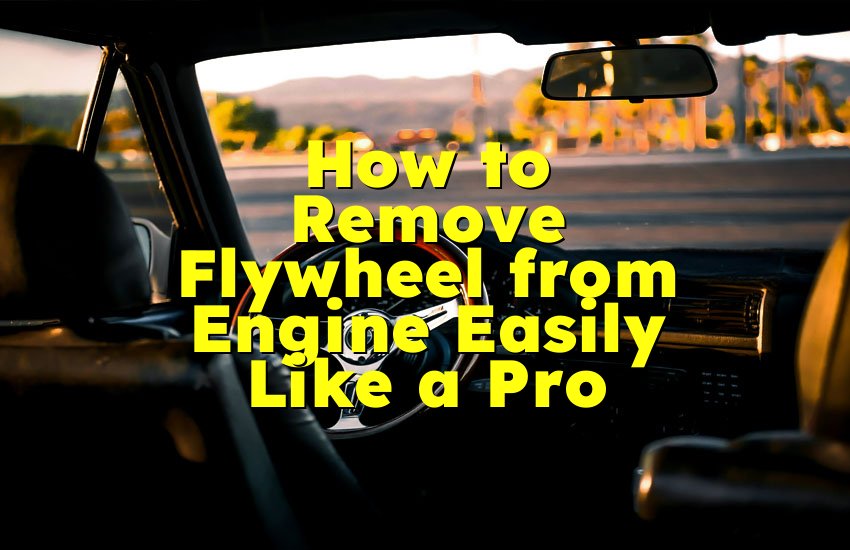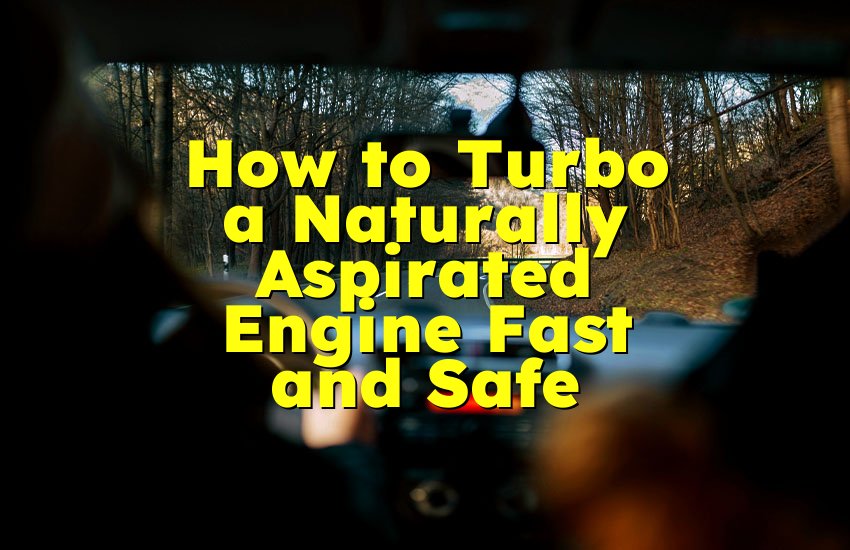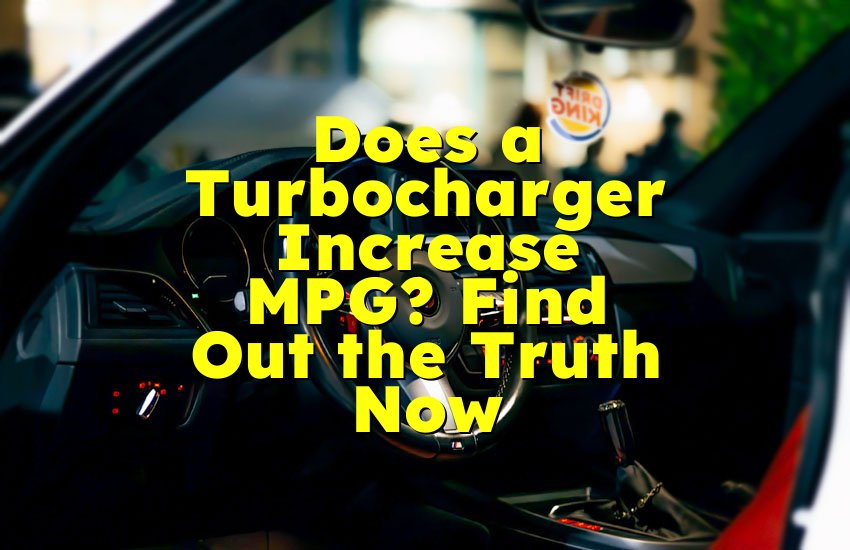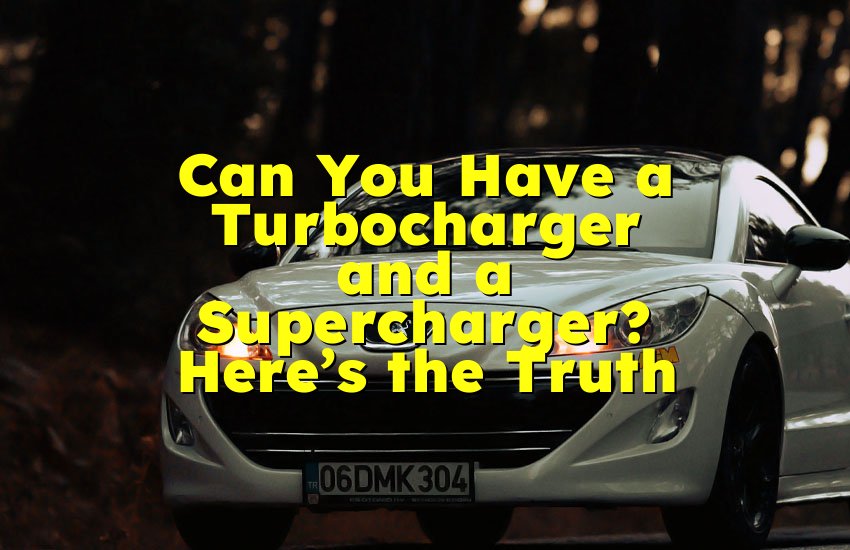As an Amazon Associate, I earn from qualifying purchases at no extra cost to you.
How Does a Turbocharger Create More Power? Expert Guide
Your car feels slow sometimes, right? You press the gas, but it just doesn't respond like you want. Imagine your engine breathing better and suddenly giving you more speed and strength. That's where a turbocharger jumps in. It's like giving your engine a super snack of air, making it punch above its weight. Curious how this small device can turn your car into a powerhouse? Let's dive in.
How Turbochargers Boost Engine Power Explained
Understanding the Air and Fuel Mix
A turbocharger starts with air. Your engine needs air to burn fuel. Normally, it sucks in air naturally, but that limits the power. Turbochargers push extra air into the engine. This means more oxygen for more fuel to burn. More burning equals more power.
The process is simple but amazing. The turbo spins fast, sucking in air and compressing it. Compressed air is denser, carrying more oxygen. This allows the engine to burn more fuel efficiently. That's the key. More fuel plus more oxygen equals bigger explosions inside the engine cylinders.
Think about it like a balloon. The more you blow in, the bigger it gets. Engines work similarly. With more air packed in, the engine's small explosions become much stronger. That's how turbochargers make an engine feel faster and more alive.
Turbochargers also reduce wasted energy. Instead of letting exhaust just escape, they use it to spin the turbine. This helps pull in more air without extra fuel. It's a clever loop that keeps the engine working smarter.
- Turbo adds extra air to the engine.
- More air means more oxygen.
- More oxygen allows more fuel burning.
- Stronger burning produces more power.
How Exhaust Gases Spin the Turbo
The magic of a turbo lies in the exhaust. Engines push out burnt gases. Normally, they just leave the car. With a turbo, these gases spin a small turbine. This turbine is connected to a compressor that forces air into the engine. It's like recycling energy you already have.
Exhaust gases can be very hot and fast. They hit the turbine blades, making them spin at incredible speeds. This spinning motion compresses incoming air. Then the engine gets a fresh, pressurized air charge. It's amazing how waste energy becomes a power booster.
Turbo turbines spin thousands of times per minute. This high speed allows instant air compression. The engine suddenly feels stronger without increasing its size. That's why small engines can feel as powerful as bigger ones when turbocharged.
This system also improves efficiency. Since the turbo uses exhaust gases, the engine doesn't need extra fuel to create that spinning force. It's a smart trick nature inspired. Your car becomes stronger, faster, and more fuel-conscious.
- Exhaust spins the turbine.
- Turbine compresses incoming air.
- Compressed air enters the engine.
- Engine gets more power without extra size.
Boost Pressure and Engine Response
Turbochargers create what's called "boost pressure." This is extra pressure in the engine's intake. Higher boost means more air is pushed in. More air means more oxygen for fuel. Engines can make bigger explosions, which makes your car faster.
Boost pressure is measured in pounds per square inch or bar. Too much can hurt the engine. That's why modern systems control boost carefully. They balance power and engine safety. When controlled well, boost transforms your driving experience.
The engine responds differently with a turbo. You'll notice better acceleration even at lower RPMs. The car feels alive, more playful, and strong. It's like your car is finally listening to your push on the gas pedal.
Boost pressure also helps fuel efficiency in some cases. With a turbo, small engines can perform like larger ones. This means better mileage when driving normally. It's a win-win: power when you need it, efficiency when you don't.
- Boost is extra pressure in the intake.
- More boost pushes more air in.
- Extra air allows more fuel to burn.
- Engine produces more power safely.
Intercoolers and Cooling the Air
Compressed air from a turbo gets hot. Hot air is less dense, which lowers power. Intercoolers cool the air before it enters the engine. Cooler air is denser, carrying more oxygen. This improves engine performance and prevents damage.
Air temperature matters a lot. If the air is too hot, it can cause knocking. Knocking is dangerous and reduces engine life. Intercoolers act like a fridge for the turbo air. They drop the temperature, keeping the engine safe and powerful.
Some cars have front-mounted intercoolers. Others use air-to-water systems. The goal is the same: cooler, denser air. By keeping air temperature optimal, engines make stronger, cleaner power without risking wear or damage.
Intercoolers also improve consistency. Even on hot days or long drives, your engine keeps performing well. It doesn't overheat or lose punch. Drivers feel the difference every time they accelerate.
- Compressed air heats up.
- Hot air is less dense.
- Intercoolers cool the air.
- Cooler air gives safer, stronger power.
Turbo Lag and How to Reduce It
Turbo lag is the delay before the turbo kicks in. You press the gas, but the engine takes a moment to respond. This happens because the turbine needs time to spin up. Understanding lag helps drivers adjust expectations and enjoy smoother driving.
Manufacturers reduce lag in several ways. Smaller turbos spin faster and react quicker. Twin-turbo setups use two turbos: one small for low RPMs, one bigger for high RPMs. Variable geometry turbos adjust blade angles to control airflow.
Lag feels like a pause, but once it's gone, power hits hard. Modern engines have minimal lag, making acceleration smoother. Some turbo systems even store energy from exhaust to spool the turbo faster. This improves response significantly.
Drivers can also reduce lag with proper driving habits. Keeping the engine in the right RPM range and avoiding sudden heavy throttles helps. Understanding your turbo makes you a better driver and protects your engine from stress.
- Turbo lag is delay in power.
- Smaller or twin turbos reduce lag.
- Variable blades improve response.
- Smart driving helps minimize lag.
Maintenance and Longevity of Turbocharged Engines
Turbocharged engines need care. Oil quality and change frequency matter more than in regular engines. Turbos spin very fast and need clean lubrication. Dirty oil can damage bearings and reduce life.
Cool-down periods are important too. After a long, fast drive, letting the engine idle for a short time prevents oil from burning in the turbo. This simple step extends turbo life. Regular inspections of hoses and intercoolers also help.
High-quality parts are essential. Cheap components may fail under the extra pressure and heat. Using recommended oils, filters, and coolants keeps everything running smoothly. A well-maintained turbo engine can last just as long as a naturally aspirated engine.
Performance is amazing, but care is key. Understanding your turbo, listening to your engine, and performing simple maintenance can give years of strong, reliable power. It's a small investment for huge rewards.
- Use high-quality oil and filters.
- Let engine cool down after hard drives.
- Inspect hoses and intercoolers.
- Maintain turbo for long life.
Quick Guide Table
| Component | Role | Key Tip |
|---|---|---|
| Turbocharger | Compresses air | Clean oil and coolant |
| Turbine | Spins with exhaust | Avoid sudden throttle |
| Compressor | Pushes air in | Monitor boost pressure |
| Intercooler | Cools compressed air | Keep it clean |
| Boost control | Manages engine pressure | Don't exceed limits |
| Oil system | Lubricates turbo | Change regularly |
Do turbochargers really save fuel?
Yes, turbochargers can help save fuel, but it depends on driving style. When you drive gently, a turbo engine performs like a smaller engine. This reduces fuel use because it doesn't need extra power all the time.
However, heavy acceleration increases fuel consumption. The turbo allows more fuel to burn efficiently, which can feel like you're using more gas. Smart driving balances power and fuel savings. Turbo engines shine when used thoughtfully.
The small engine with turbo approach also benefits city driving. You get the power when merging or overtaking without wasting fuel on a constantly large engine. Efficiency and performance go hand in hand.
Fuel economy also depends on maintenance. Clean oil, proper air filters, and healthy turbos ensure the engine runs efficiently. Ignoring maintenance can reduce both power and fuel savings.
- Turbo can save fuel in gentle driving.
- Heavy acceleration uses more fuel.
- Small turbo engines balance power and efficiency.
- Regular maintenance improves economy.
Can a turbocharger be added to any engine?
Not every engine can handle a turbo. Older or low-strength engines may fail under added pressure. Engine strength, cooling, and fuel systems need upgrades to safely handle turbocharging.
Proper planning is crucial. Boost levels must match engine capacity. Stronger pistons, connecting rods, and a good fuel system may be necessary. Ignoring this can cause damage or shorten engine life.
Modern engines are often turbo-ready. They are designed with stronger parts and better cooling. Aftermarket kits exist, but careful installation is key. Professional tuning ensures reliability and performance.
- Not all engines can take a turbo.
- Engine must handle extra pressure.
- Stronger parts may be needed.
- Professional installation ensures safety.
Do turbos increase engine wear?
Turbo engines experience more stress, but proper care prevents excessive wear. High-speed rotation and heat are challenges, but clean oil and proper cooling protect parts.
Neglecting maintenance accelerates wear. Oil breakdown, hot shutdowns, and dirty filters reduce turbo life. Routine care keeps the engine running strong. Modern turbos are built for durability when treated well.
Drivers can enjoy turbo power without shortening engine life. Understanding limits, controlling boost, and following maintenance schedules are crucial. A cared-for turbo engine can last as long as non-turbo engines.
- Turbo adds stress but manageable.
- Clean oil is essential.
- Avoid hot shutdowns.
- Maintenance ensures long life.
Can turbochargers work with electric hybrids?
Yes, hybrids can combine turbos and electric motors. The electric motor can provide instant torque while the turbo adds high-end power. This mix improves efficiency and performance.
Hybrid systems also reduce lag. Electric torque helps until the turbo spins up. The engine gets the best of both worlds: instant response and strong high-speed power. Manufacturers are exploring this combo for performance and eco-friendliness.
Cooling and control systems are key. Turbo heat management must align with electric systems. Smart software manages boost and electric assist for smooth driving. The result is a fun, efficient, and powerful ride.
- Hybrid motors provide instant torque.
- Turbo adds extra high-end power.
- Systems must be managed carefully.
- Combined setup improves performance and efficiency.
Final Thoughts
Turbochargers are incredible tools that unlock engine potential. They recycle energy, push more air, and boost power safely. Proper care ensures longevity, efficiency, and thrilling driving. Understanding how they work makes every drive more exciting and smarter. From small daily drives to fast highway runs, turbos make engines feel alive and powerful. A turbo isn't just a gadget—it's a game changer for anyone who loves cars.
Frequently Asked Questions (FAQs)
Is it safe to drive a turbocharged car daily?
Yes, it is safe if maintained well. Regular oil changes, cooling checks, and gentle driving habits are essential. Turbos are built for daily use when cared for properly.
Can turbochargers fail suddenly?
Sudden failures are rare. They usually happen due to neglected maintenance or extreme use. Using clean oil, proper boost levels, and regular inspections prevent unexpected breakdowns.
Do I need premium fuel for a turbo engine?
Most turbo engines perform better with higher-octane fuel. Premium fuel resists knocking, especially under high boost, and ensures smoother power delivery. Always check manufacturer recommendations.
Is it expensive to maintain a turbo engine?
Maintenance is slightly higher than non-turbo engines. Quality oil, filters, and timely checks cost more but prevent expensive damage. Proper care keeps the engine running longer.
Can turbos improve engine acceleration?
Yes, turbos boost air intake and fuel burning. This produces stronger explosions in cylinders, giving faster acceleration. The effect is noticeable in every gear and speed range.
Do I have to warm up a turbo engine?
Warming up is less critical with modern engines but still helps. It ensures oil reaches all turbo parts before heavy acceleration, reducing wear and extending life.
Is it normal for turbos to make noise?
Yes, a slight whine or whoosh is normal. It comes from spinning turbines and airflow. Loud knocking or grinding indicates problems and should be checked.
Can I modify a turbo for more power?
Yes, but carefully. Boost, fuel, and cooling systems must match modifications. Improper tuning risks engine damage, so professional help is recommended.






